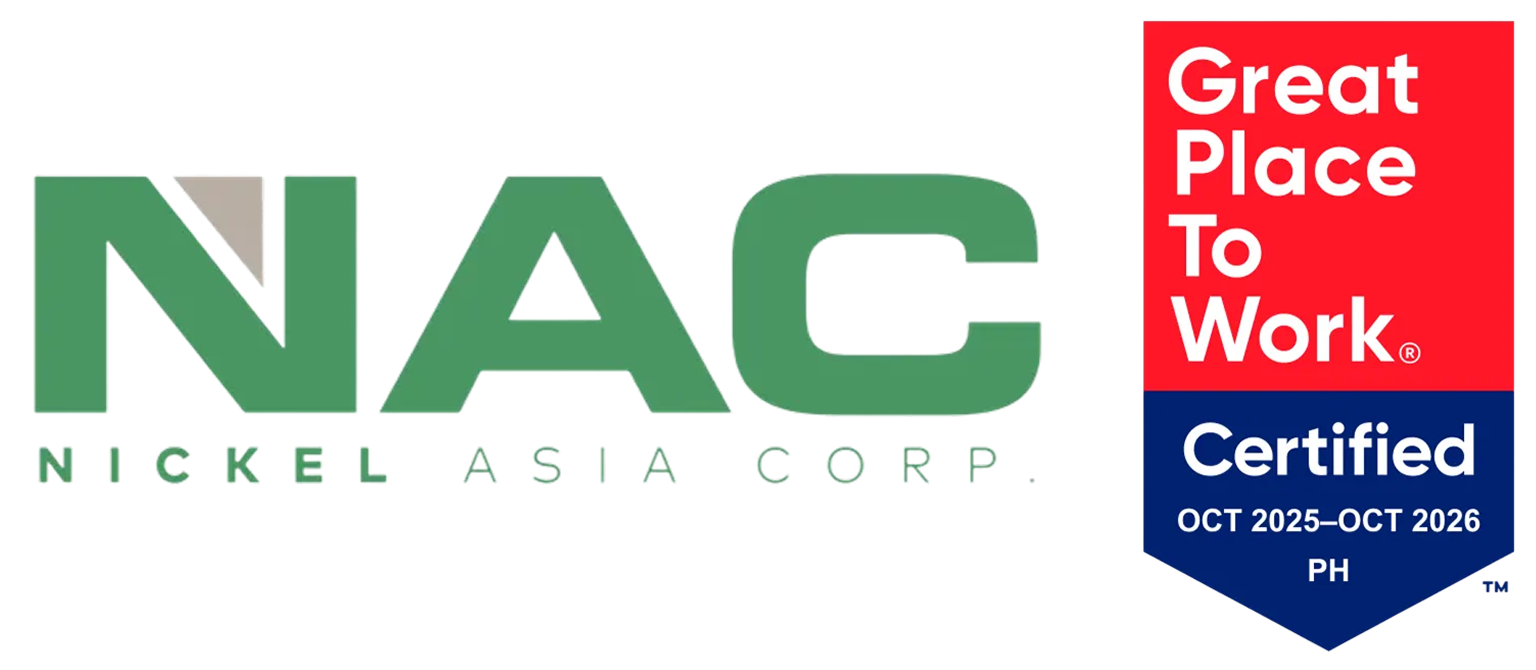We are committed to making timely, full, and accurate disclosures and distributing other corporate communication materials in accordance with the disclosure rules of the Philippine Stock Exchange. The Corporate Affairs, Corporate Support and Compliance Support Services, and Investor Relations units handle external and internal communications. Major company announcements are reviewed and approved by the VP-Treasury, Investor Relations and Sales, SVP-Sustainability, Risk Management, and Corporate Affairs, SVP-Corporate Support Services and Compliance Services, the Chief Financial Officer, and the President and CEO.
